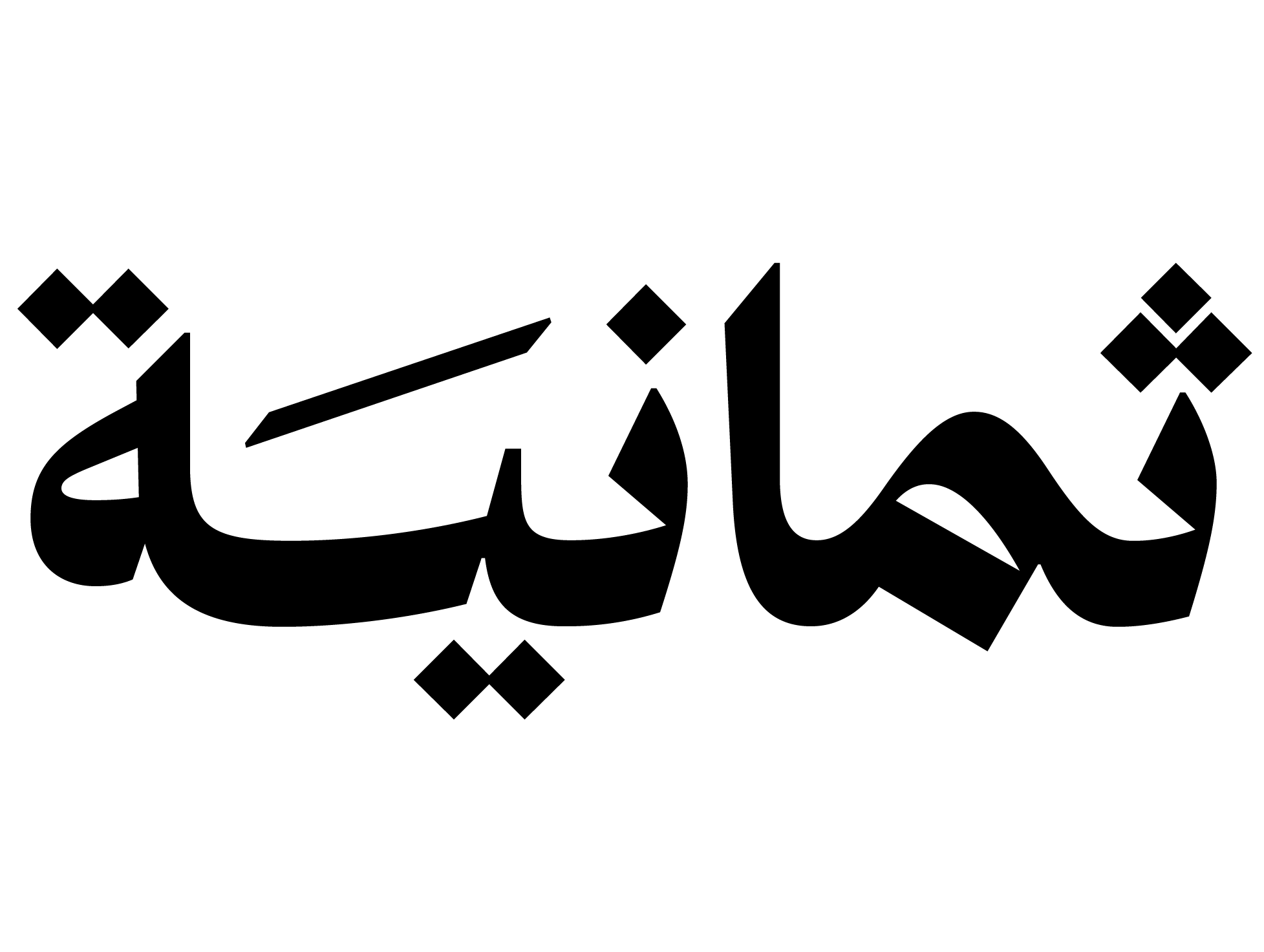

thmanyah | ثمانية

Riyadh Region, Saudi Arabia
June 2023
Film, TV & music production
Service with Minor Environmental Footprint
Algeria,
Bahrain,
Egypt,
Iraq,
Jordan,
Kuwait,
Lebanon,
Libya,
Morocco,
Oman,
Saudi Arabia,
Somalia,
Sudan,
Syria,
Tunisia,
United Arab Emirates,
Yemen
thmanyah is an Arab media company that was established in Riyadh, Saudi Arabia, in 2016. Its aim is to transform Arabic journalism by introducing diverse and high-quality content and documentaries Initially focused on producing podcast programs, Thmanyah has grown to become the largest podcast network in the Arab world. It has also become a significant player in the Arabic content market, including the production of influential documentary films and series. The company believes in leveraging media to assist Arabs in making better life decisions and contribute to societal prosperity. بدأت ثمانية في سبتمبر 2016 من مدينة الرياض بسؤال واحد “لماذا بيننا وبين الصحافة الغربية مسافة سنوات ضوئية؟” ولحسن الحظ أنّ السؤال أتى في عصرٍ دمقرط الإنترنت وأدواته معظم وسائل هذه الصناعة. فتستطيع في غرفتك البسيطة أن تصنع برنامجًا إذاعيًا ينافس أكبر القنوات حجمًا. ومن هنا كانت البداية. ركزت ثمانية في بداياتها على إنتاج البودكاست، وتوسعت لاحقًا لتكون أكبر شبكة بودكاست عربية. وأحد أهم منتجي المحتوى في العالم العربي. ليشمل إنتاجها الأفلام والمسلسلات الوثائقية. تؤمن ثمانية أن للمحتوى والإعلام دورًا محوريًا في تحسين حياة الناس. وتهدف لإنتاج محتوى يساعد العرب في تحسين جودة حياتهم ومجتمعاتهم
Overall B Impact Score
Governance 9.5
Governance evaluates a company's overall mission, engagement around its social/environmental impact, ethics, and transparency. This section also evaluates the ability of a company to protect their mission and formally consider stakeholders in decision making through their corporate structure (e.g. benefit corporation) or corporate governing documents.
What is this? A company with an Impact Business Model is intentionally designed to create a specific positive outcome for one of its stakeholders - such as workers, community, environment, or customers.
Workers 31.1
Workers evaluates a company’s contributions to its employees’ financial security, health & safety, wellness, career development, and engagement & satisfaction. In addition, this section recognizes business models designed to benefit workers, such as companies that are at least 40% owned by non-executive employees and those that have workforce development programs to support individuals with barriers to employment.
Community 30.5
Community evaluates a company’s engagement with and impact on the communities in which it operates, hires from, and sources from. Topics include diversity, equity & inclusion, economic impact, civic engagement, charitable giving, and supply chain management. In addition, this section recognizes business models that are designed to address specific community-oriented problems, such as poverty alleviation through fair trade sourcing or distribution via microenterprises, producer cooperative models, locally focused economic development, and formal charitable giving commitments.
Environment 11.0
Environment evaluates a company’s overall environmental management practices as well as its impact on the air, climate, water, land, and biodiversity. This includes the direct impact of a company’s operations and, when applicable its supply chain and distribution channels. This section also recognizes companies with environmentally innovative production processes and those that sell products or services that have a positive environmental impact. Some examples might include products and services that create renewable energy, reduce consumption or waste, conserve land or wildlife, provide less toxic alternatives to the market, or educate people about environmental problems.
Customers 10.2
Customers evaluates a company’s stewardship of its customers through the quality of its products and services, ethical marketing, data privacy and security, and feedback channels. In addition, this section recognizes products or services that are designed to address a particular social problem for or through its customers, such as health or educational products, arts & media products, serving underserved customers/clients, and services that improve the social impact of other businesses or organizations.
What is this? A company with an Impact Business Model is intentionally designed to create a specific positive outcome for one of its stakeholders - such as workers, community, environment, or customers.